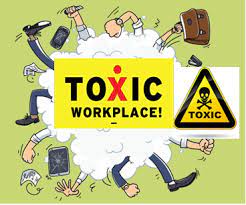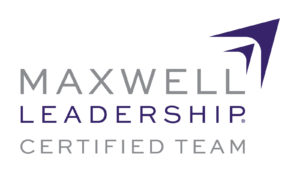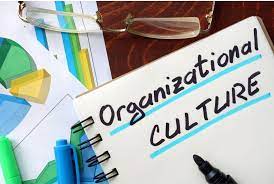
We all have an unsuspected reserve of strength inside that emerges when life puts us to the test. – Isabel Allende
A story is told about three military recruiters who went to address a group of high school seniors. Each recruiter represented a branch of the military and each was given fifteen minutes to speak.
The Army and Navy recruiters got carried away, so when it came time for the Marine to speak, he had just two minutes. He walked up and stood utterly silent for a full sixty seconds, half of his time. Then he said, “I doubt whether there are two or three of you in this room who would even stand a chance in the Marine Corps. But I want to see those two or three immediately in the dining hall when we are dismissed.” He turned smartly and sat down.
When he arrived in the dining hall, there was a crowd of students interested in the Marines. The recruiter knew that commitment cannot take place without recognizing the potential for difficulty.
As a leader, you are familiar with difficulty. It comes with the territory. Not everything about being in positions of leadership is as glamorous as they are sometimes perceived. There’s a big gap between the perceptions and the reality. And sometimes the gap is wide.
But despite the fact that difficulties are common among leaders, they don’t have to be fatal, permanent, or avoided. You can succeed-even thrive in the face of them. Here are three things you need to know about facing your difficulties in leadership.
The hard things today preparing you for greater success tomorrow
Your life in leadership will often be met with difficulties. Nothing worth achieving or accomplishment worth attaining is ever going to come without challenges along the way. That being said, your attitude towards your difficulty today is what will keep you where you are or move you forward.
Earl Nightingale said it this way, “When we set an important goal for ourselves, we present to our minds a problem to be solved, a challenge to be successfully fulfilled.” And this is the essence of the challenges you face today. The greater the accomplishment you want to have tomorrow will have to be met with a greater determination today to achieve it. Once you do, you will create momentum that will carry you to greater success.
The hard things bring you new lessons to learn
With each set of difficulties that you encounter come new opportunities to grow and learn as a leader. The hard things you are dealing with today may not be the ones you dealt with a year ago. And they will look different a year from now Click To Tweet. With each new season in your leadership, you are equipped with new and better ways to handle them.
It was Thomas Edison that said, “ I have not failed. I’ve just found 10,000 ways that won’t work.” And this highlights the value of difficulties or obstacles. They are great teachers. The question is – what are we learning from them and are we properly applying those lessons?
The hard things take your leadership to new levels
Your growth as a leader is important and at times it comes with some friction. It’s just part of the process. As a leader, you’re not going to be exempt from facing the hard things. But when you embrace them for what they are – opportunities to learn and grow, you will then discover that they are hindering you, they are now empowering you. And this is when the tide begins to turn in your favor.
Rumi framed it this way, “Seek the wisdom that will untie your knot. Seek the path that demands your whole being.” And herein lies the challenge. In order to untie your knot, you must seek the right path. What are we prone to do? Our human nature wants the path of least resistance. But it’s when we embrace the hard things that we grow as a person and as a leader.
Final Thoughts
Embracing the hard things that come your way is not always easy. I get it. But let me encourage you to rise to the challenge and embrace them with a renewed determination and attitude. You will be a better leader for it.
©2023 Doug Dickerson









